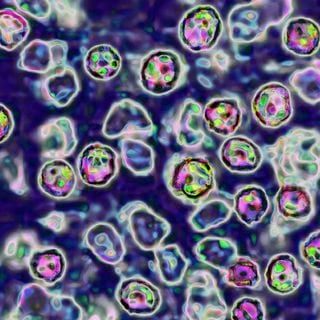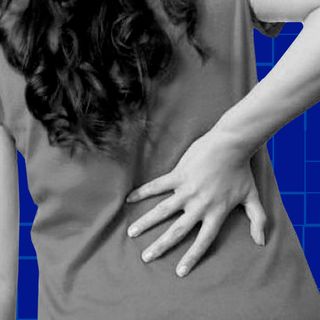A new study adds to the growing body of evidence that common ingredients in perfume, deodorant, toothpaste, make-up and other personal care products aren’t good for us, finding that exposure to these chemicals in-utero is linked to early puberty in girls.
Specifically, the researchers found that every time the concentrations of diethyl phthalate and triclosan doubled in samples of mothers’ urine taken during pregnancy, girls hit puberty milestones one month earlier.
They found no such link between pregnant women’s chemical exposure and early puberty in their sons.
In India and globally, children have steadily been starting puberty earlier and earlier. While improved nutrition and health is partly responsible, researchers have been seeking to determine all interrelated causes, since early, or precocious, puberty puts children at greater risk of mental health problems, breast and ovarian cancers in girls, and testicular cancer in boys. Exposure to chemicals, especially phthalates, phenols and parabens, has been thought to be one such factor for some time.
Diethyl phthalate, used to stabilize perfumes and cosmetics, is from a class of chemicals called phthalates; triclosan, used as an antimicrobial agent in hand soaps, hand sanitizers, and toothpastes, is from a class of chemicals called phenols. Both types of chemicals, along with parabens, are thought to be ‘endocrine disruptors,’ known to affect rats’ reproductive development and suspected to interfere with humans’ natural hormone levels.
In 2016, the US Food and Drug Administration banned triclosan as an ingredient in soap; at the time, India’s Central Drug Standard Control Organization promised to review triclosan also, but has issued no edict on its safety or use since.
“While more research is needed, people should be aware that there are chemicals in personal care products that may be disrupting the hormones in our bodies,” said Kim Harley, the study’s lead author and an associate adjunct professor in the School of Public Health, at the University of California, Berkley, US.
Harley and team collected urine samples from mothers at two different points during pregnancy, and from children at age 9. Children’s growth and development were tracked between the ages of 9 and 13.
More than 90% of all samples showed detectable amounts of all three classes of chemicals. Researchers found a direct correlation between higher amounts of diethyl phthalate and triclosan in mothers’ bodies during pregnancy, and early puberty in girls. Girls who developed early also had higher traces of these chemicals in their bodies, but researchers were unable to rule out whether it was just because girls who go through puberty early are more likely to use cosmetics and toiletry products (and hence be exposed to these chemicals) at younger ages.




